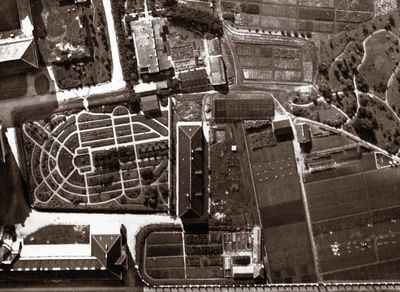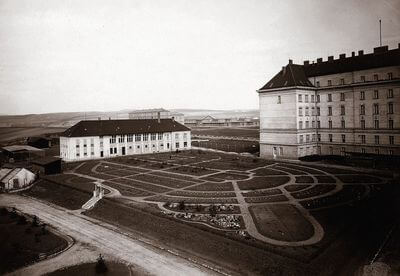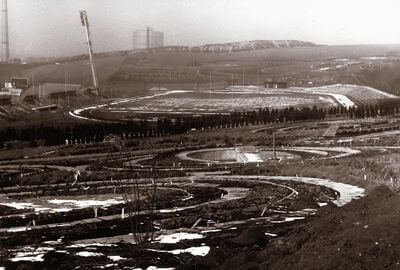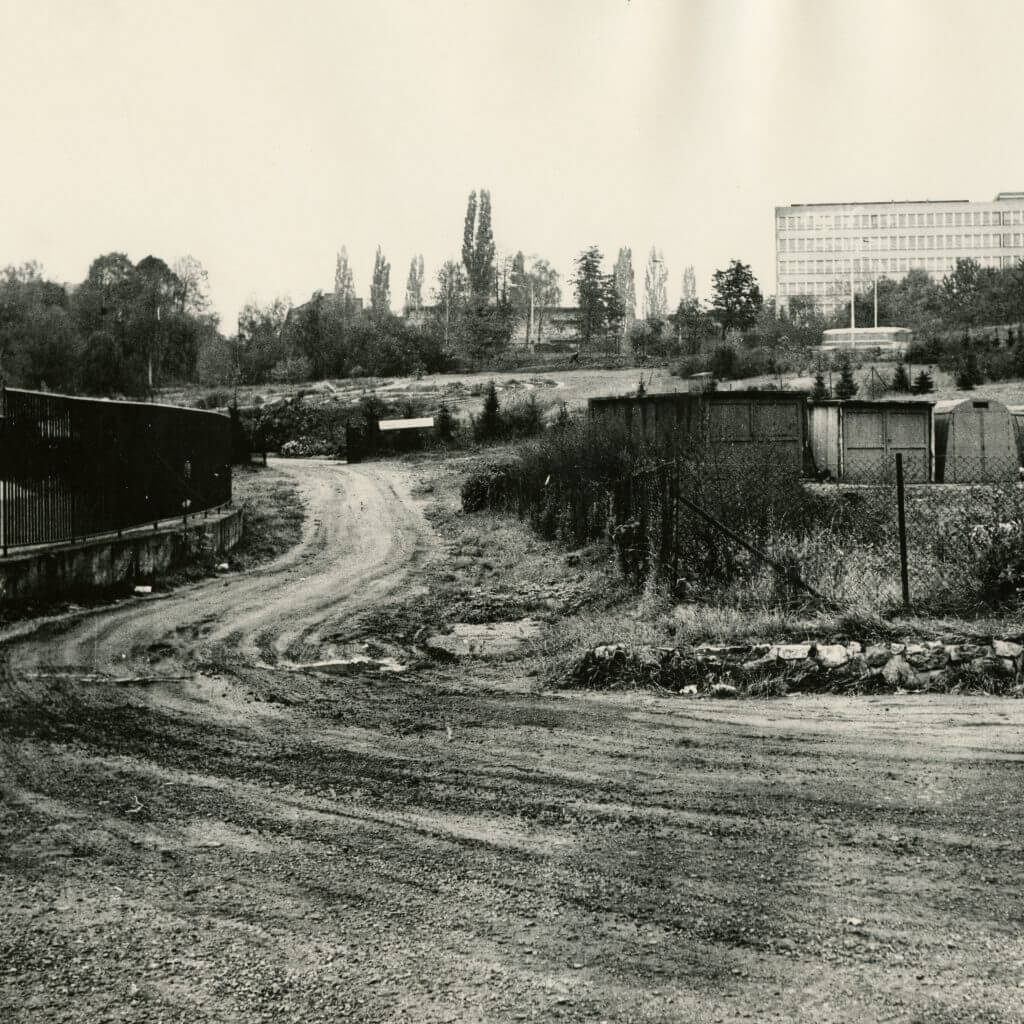Origin
Foundation of botanical garden for former Agricultural University appeared already in 1926. This old garden represented just small area near the university and students could find there taxons suitable for agricultural production.
Later, in 1938 was founded arboretum needed for students of forestry. Its founder was great educator and scientist Prof. August Bayer, He later died during II. world war in concentration camp.
Reconstruction
During the sixties was necessary to build new parts of university and former botanical garden had to step aside. Therefore it was important to find place for new garden. 1st November 1967 is date of decision to build new botanical garden close to the Bayer’s old arboretum.
The garden was built on the site of the original forestry arboretum, which was adjoined by land in the lower part after the bombing of the city during World War II. World War II, a northern gardening colony and behind it the field of the then state farm.
In 1967, a collection of orchids from the originally private collections of Ing. J. Dušek a doc. J. Křístek, which at that time numbered about 350 species and hybrids. The collection was taken over by Ing. Jarmila Matoušková, who guided it in a difficult way to the present from thousands of taxa, including a laboratory for their reproduction.
The leader of the arboretum became Ing. Antonín Nohel, CSc., who together with a team of collaborators created a work of great value.
The garden was built according to the plan of prof. Ing. Ivar Bran, CSc. The collection of rock gardens and perennial was developed by Ing. Josef Holzbecher, CSc.
Greenhouses
The technical condition of the greenhouses became unbearable around 1995, both in terms of safety and energy consumtion and plant quality, and therefore in 1996 the construction of a new greenhouse complex began, together with the extension of the building and the extension and the classrooms.
Za bývalým alpinkovým skleníkem, v kterém se pěstovaly turecké skalničky rodu Dionysia, Primula allionii nebo himalájské orchideje rodu Pleione, stávala vyhlídková terasa, na které byl na okraji záhon se skalničkami. Dnes na místě terasy stojí učebna S127 nazývaná díky svému tvaru “šnek”. Na místě alpinkového skleníku je učebna S122, které stavebníci říkali pracovně “vagon”.
Behind the former alpine greenhouse, where Turkish rock gardens of the genus Dionysia, Primula allionii or Himalayan orchids of the genus Pleione were grown, there was a viewing terrace with a rock garden on the edge. Today, the S127 classroom, called “snail” due to its shape, stands on the terrace site. On the site of the alpine greenhouse is the S122 classroom, which the builders called the work “wagon”.
After the construction of new greenhouses, which was completed in 1997 with the reconstruction of the building, the quality of the orchids improved significantly thanks to the much lighter construction.
Climate conditions
The garden lies at an altitude of 220 – 250 metres above sea level in an area with an avarage total precipitation of 547 mm/year and an average annual temperature of 8,4°C. The subsoil is made of sintered clay, the surface of loess with a high CaO content, the plants are partly planted on an artificial weigh-in created after clay mining.




